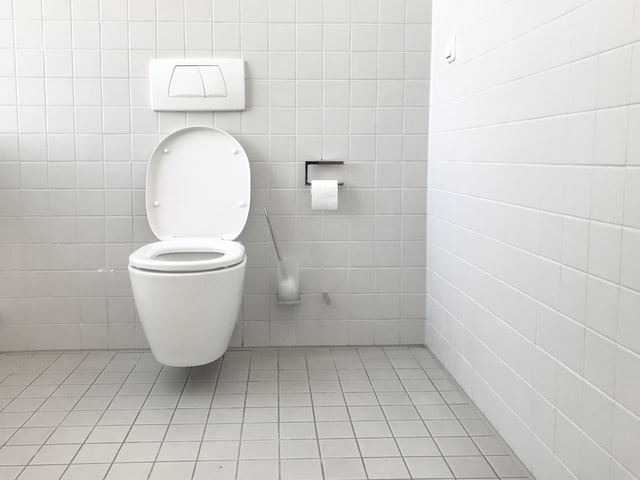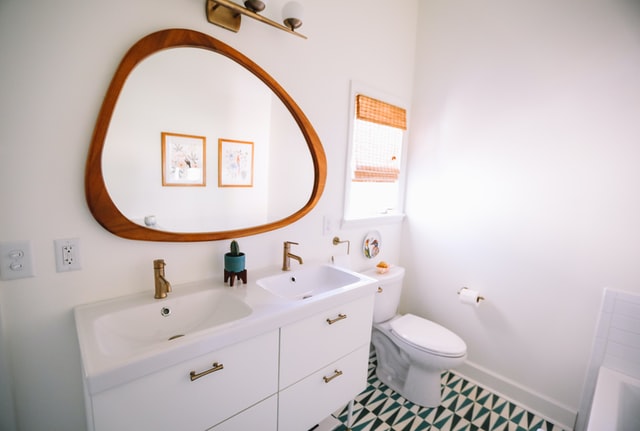You have a clogged toilet that interferes with your life, but before you call for sewer cleaning services, you might think, what about that half bottle of sewer cleaner I left behind? Can I use a drain cleaner in my toilet?
Drain cleaning agents are intended for sinks and drains
The drain cleaning fluid is really intended for use in kitchen and toilet sinks, shower and floor drains and bathtubs. They are not effective when used in toilets because toilets have a different internal configuration.
Drain cleaning agents work by dissolving things that block the drain, such as hair, dirt and dust.
However, in the toilet, blockages usually appear after the S trap. The S trap blocks the odor from entering the ventilation openings and controls the water level in the toilet bowl.
This means that after pouring the vacuum cleaner into the toilet bowl, it will not reach the toilet blocking substances. Instead, the drain cleaning solution is stuck in the bowl. Another thing is that toilet clogs are usually not caused by the same things that cause clogging at sink drains. Therefore, drain cleaning agents cannot dissolve toilet clogs.

Types of drain cleaning agents
There are three types of liquid cleaners for drains, each suitable for different drainage locations and different types of pipes and plugs:
- Enzymatic drain cleaners contain enzyme-producing bacteria, such as Bacillus, that feed on clogs.
- Caustic cleaners made of alkaline chemicals such as sodium hydroxide convert the clogged material in the drain into a soap-like substance that dissolves under clean water.
- Acidic drain cleaners made of sulfuric or hydrochloric acid are strong enough to remove heavy hair, food, grease, soap scum or clogs within 15 minutes or less.
How to unlock a toilet without a plunger, using only baking soda and vinegar
Step 1. Assess the severity of clogging – Before attempting to unlock a toilet without a plunger, it is important to recognize how bad the blockage is. You’ll usually want to use equal parts of baking soda and vinegar. For minor clogging, use the full amount of baking soda and vinegar at the same time.
To get a more severe clogging of the toilet, start by using smaller quantities in a few steps. Due to the occurring effervescence, the ingredients must be carefully measured to prevent overflow.
Step 2. Put the baking soda into the toilet – in the case of a small clogging, pour all the measured amount of baking soda into the toilet bowl. For heavy clogs, start with a quarter glass to half a glass of baking soda.
Step 3. Pour vinegar into the toilet – Use equal parts of vinegar and baking soda. This means that for one cup of baking soda, use one cup of vinegar. After pouring vinegar into the toilet, it will merge with baking soda and immediately begin to effervescent.
Gassing increases quickly, but also quickly subsides. Wait a few minutes for the baking soda and vinegar to work together, then go to the next step.
Step 4. Pour the hot water kettle into the toilet – Track the vinegar with a kettle full of hot water. Pour the hot water into the toilet bowl and check if the clogged up is released.
Step 5. Repeat as needed until the clogged is released – The clogged is released when the toilet makes a quick suction sound and then empties naturally. Rinse once or twice to clean the bowl and make sure the toilet is working properly.









